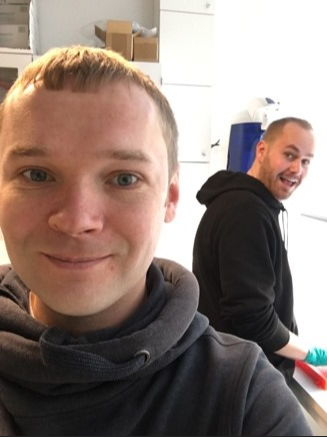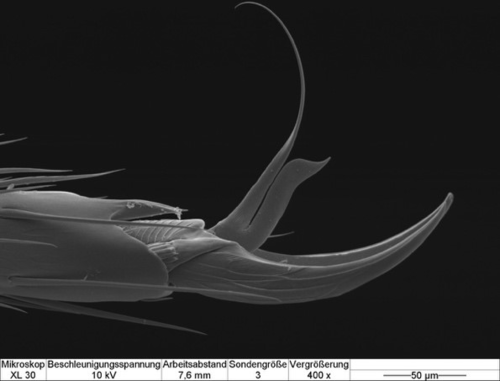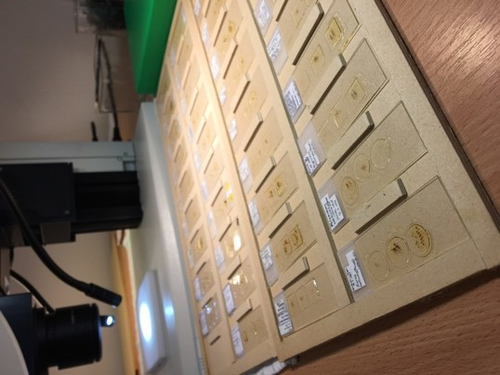This post was written by Igor Orlov.
 Aleocharinae are one of the biggest monophyletic groups of living organisms on Earth and include about 16,200 described species worldwide. They are a subfamily of Staphylinidae, a mega-diverse insect group, also known as Rove Beetles. Although this group is an important component of the biosphere and several species are used in the biological control of pests in agriculture, the poor knowledge and undeveloped taxonomic system do not allow us to make more exciting discoveries within this group.
Aleocharinae are one of the biggest monophyletic groups of living organisms on Earth and include about 16,200 described species worldwide. They are a subfamily of Staphylinidae, a mega-diverse insect group, also known as Rove Beetles. Although this group is an important component of the biosphere and several species are used in the biological control of pests in agriculture, the poor knowledge and undeveloped taxonomic system do not allow us to make more exciting discoveries within this group.Almost two hundred years have passed since the first Aleocharinae Rove Beetle was described but only a few limited molecular and morphological studies have been carried out in the last decade and we still do not understand what the major phylogenetic lineages within Aleocharinae are and how they related to each other.
My project within BIG4 aims to shed more light towards the phylogenetic relationships of the higher taxa within Aleocharinae, which is not an easy task. Even a little advance in understanding of the tribal relationships within a group like that can only be achieved with a great effort.
Being part of the BIG4 group, I got the great opportunity to see and learn the most modern methods in biology, which can be used to solve this issue. Two main ways of working towards the phylogeny of Aleocharinae were chosen - morphological and molecular. Observing tiny characters on the beetle body with a Scanning Electron Microscope (SEM) during my secondment to Prof. Dr. Rolf Beutel's lab in Friedrich-Schiller-Universität in Jena brought me a lot of new ideas of understanding of the characters in a phylogenetic context. An absolute majority of the SEM pictures were obtained first time ever for this group.
Even though SEM is a great and promising method, light microscopy is more accessible. In my home lab in Copenhagen I made hundreds of full body dissections of tiny and minute specimens of Aleocharinae to see phylogenetically important characters and score into a data matrix for the subsequent analysis with a special software. The usual size of Aleocharinae is about 1-4 millimeters and over a hundred specimens were dissected into 40-50 parts and mounted in Euparal for careful examination and long storage. A fresh DNA-grade material for the molecular study was loaned from Dr. Martin Fikáček lab and I currently use it to get insights in Aleocharinae tribal phylogeny as well. The molecular work is based on previous research and the main idea is to combine existing molecular data from GenBank with my own newly generated sequences. So far, I have obtained molecular data for 5 genes for around 60 taxa from different tribes and I am getting very close to the first major phylogenetic analysis of Aleocharinae.

ESM: Orphnebius sp. tarsal claws
Aleocharinae microslide collection
All this and many more activities would be impossible outside the BIG4 community within such a short period of time. It is true to say that during the last two-three years we began to be a close community of scientific workers driven by common ideas and love for nature.
Publications within the project:
- Systematics and Biogeography of the Subantarctic Leptusa (Coleoptera: Staphylinidae: Aleocharinae: Homalotini). (Under Review in "Systematics and Biodiversity" Journal)
- Towards Aleocharinae phylogeny based on morphology. (In preparation)

